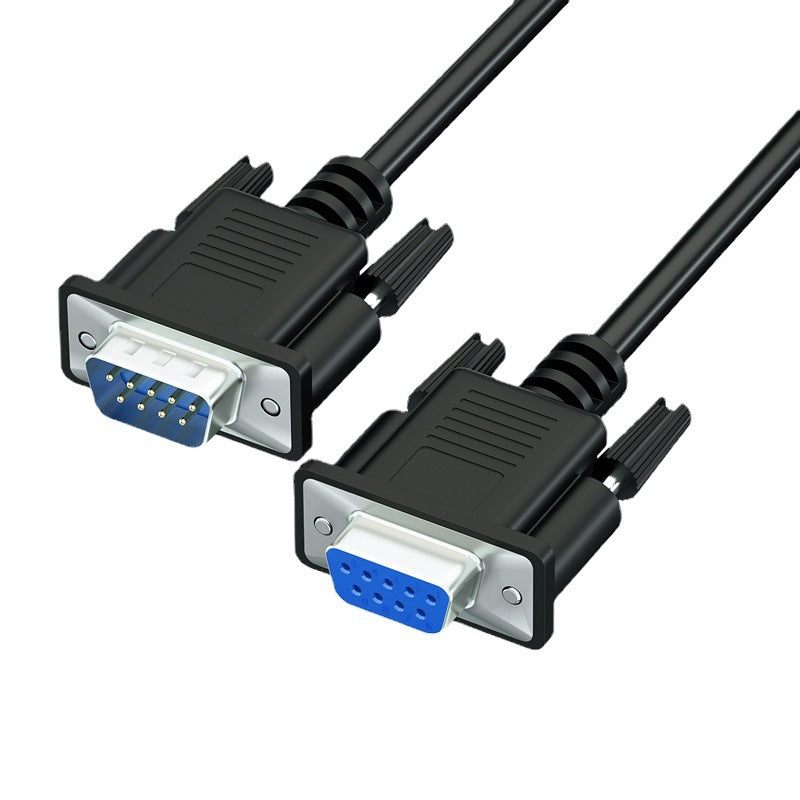Fibre optic cables are network cables that contain one or more transparent optical fibres that are used to carry light.The optical fibres are typically glass or plastic pipes contained in a protective tube suitable for long distance,very high performance data networking and telecommunications.A key advantage of fibre optic cables over metal conductor cables is superior performance in terms of bandwidth and data carrying performance.Fibre optic cables are in internet,phone and TV applications.They’re also used in decorative lighting,mechanical inspections and can be used as fibre optic sensors for electrical currents,sounds and chemicals.
How do Fibre Optic Cables Work?
Fibre optic cables carry communication signals using pulses of light generated by small lasers or light-emitting diodes(LEDs).The cable consists of one or more strands each approximately the thickness of a human hair.The centre of each strand is called the core,this core is the pathway for light to travel.The core is surrounded by a layer of glass that reflects light inward to avoid loss of signal and allow the light to pass through bends in the cable.
Types of Fibre Optic Cable
Single-Mode:The simplest form in which all signals travel down the middle of the fibre without reflection.Suitable for data transmission over long distances(>100km).
Multimode:Around 10 times bigger than single-mode fibres,allowing light beams to travel various paths(or multiple modes).Suitable for data transmission over relatively short distances(≤2km).
Optical fibres are classified according to their modal type and transmission speeds:OM1-Multimode 62.5/125μm&OM2-Multimode 50/125μm 1Gbit.


